It has now reached the winter months for most of the US and while the riding for some never stops, it probably at the very least is reduced. That leaves many hours, or days, open for other pursuits. Many of us use this time to do maintenance and/or upgrades on our bikes or even start a new project bike. Some of us are lucky enough to have dedicated workshops, but most people just have a simple garage (if they have anything covered/enclosed at all!).
There are basic tools that every motorcycle owner should have, even if they don’t plan to do a lot of turning wrenches themselves. For others (including myself) the simple joy of tackling an oil change or a chain clean and adjustment is part of the whole motorcycle experience. Then there are the people that don’t want to just ride a bike they bought but want to build the bike that they ride. Different strokes for different folks and different tools for different needs.
Basic’s First
1) Tire pressure gauge: Maintaining correct tire pressure is essential for safe tiding and for optimizing your bike’s performance. Unlike with four-wheeled vehicles, motorcycle tire pressures must be altered to suit various conditions, including the ambient temperature and when carrying additional load or a pillion passenger. A tire pressure gauge is an affordable and useful tool to keep in your garage, and should be used regularly, especially after long periods of inactivity and before departing on long rides. You should refer to your motorcycle owner’s manual for the manufacturer’s suggested front and rear tire pressures, or these are sometimes stated upon the bike’s frame.
2) Air supply: Ok, your tire is low based on the gauge. So now you need to fill it. You can ride your bike to the closest gas station and pay money to fill it, or you can just use a source that you have a home. There are ones available for very little money that work very well and are portable enough to carry with you or store easily around your home. There are many different types of tire compressor, but for the sake of convenience, portable units make the most sense. These are relatively inexpensive, powerful enough, and can work with a choice of power sources, including vehicle battery, 12-volt cigarette lighter, and regular wall outlets.

3) A workshop Mat: Personally, I really hat crawling around on a cold concrete floor. But I also don’t have enough room to have a drive-on motorcycle lift. What I do have is a roll up garage mat that I can lay down and park the bike on top of. You can create a dedicated workspace for your motorcycle with a workshop mat. Not only will it add a pleasing aesthetic to your garage, but it comes with several practical benefits as well. A workshop mat keeps your garage floor free of kick stand gouges as you repeatedly wheel your motorcycle in and out of its parking space and provides a scratch-free surface where you can lay down tools, parts, and manuals while you work. It also serves to catch oil drips and other spills and is easily cleaned afterward. I find it much more comfortable to work on the bike when I’m not on a cold hard floor.
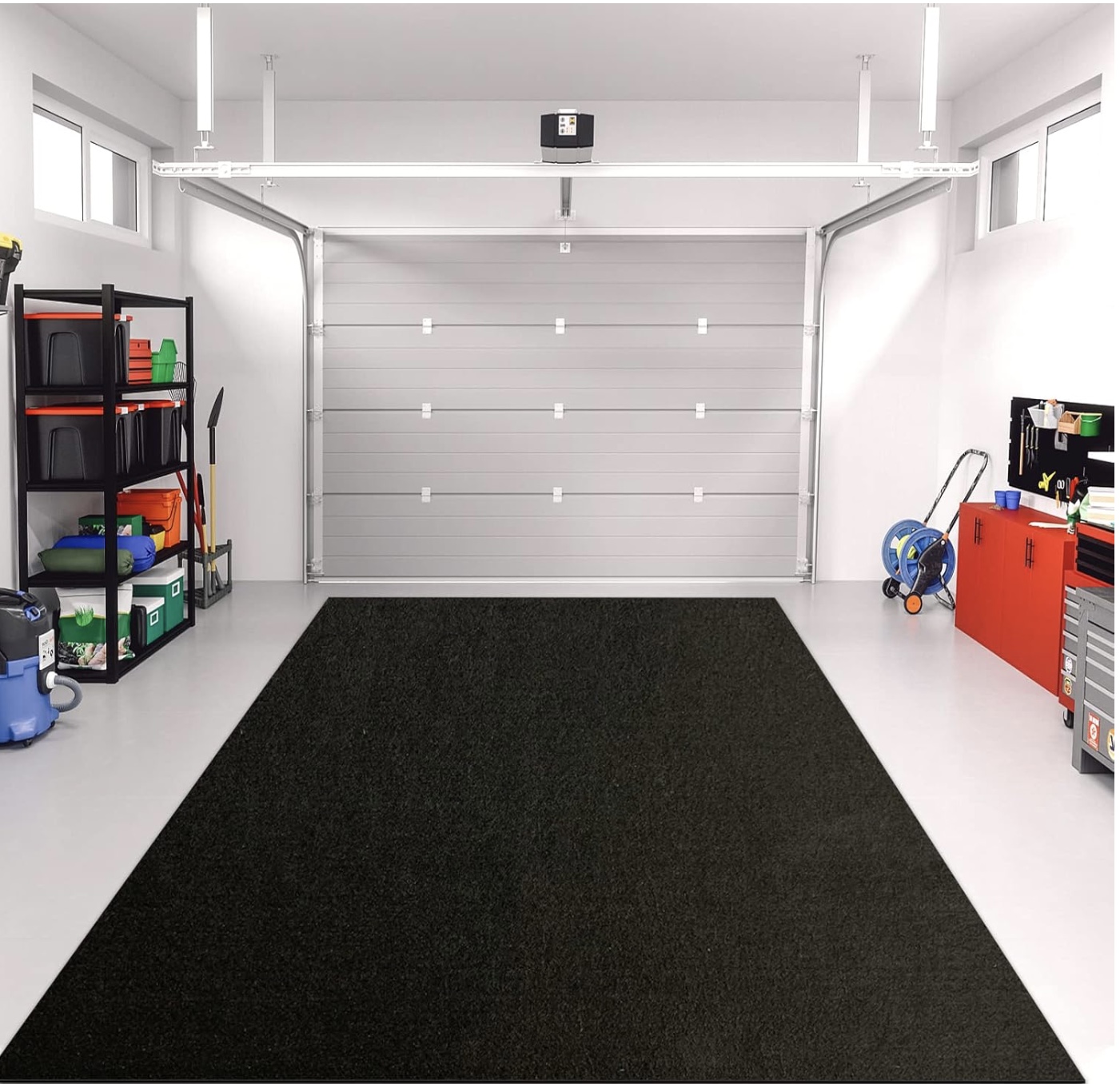
Maintenance Needs
Once you’ve decided that you want to start to do your own simple maintenance, your needs grow. You will need the proper tools and equipment to do those tasks. But it still doesn’t mean that you will need a fully equipped shop. Most simple maintenance jobs only require a few simple hand tools and a minimum of equipment.
1) Probably the number one job that most people will try to perform is an oil change. Therefore, you will want an oil drain pan and a funnel, along with a wrench to remove and replace the drain plug. You can find these items at any automotive parts store, at your local WallyWorld, or even on Amazon. You’ll need to get rid of the old oil too, so get a drain pan that you can seal and use to take the waste oil somewhere for proper disposal. Don’t just pour it out in your backyard. I find that a long neck funnel works best too. Any simple socket set or set of open/closed end wrenches will work for the drain plug.
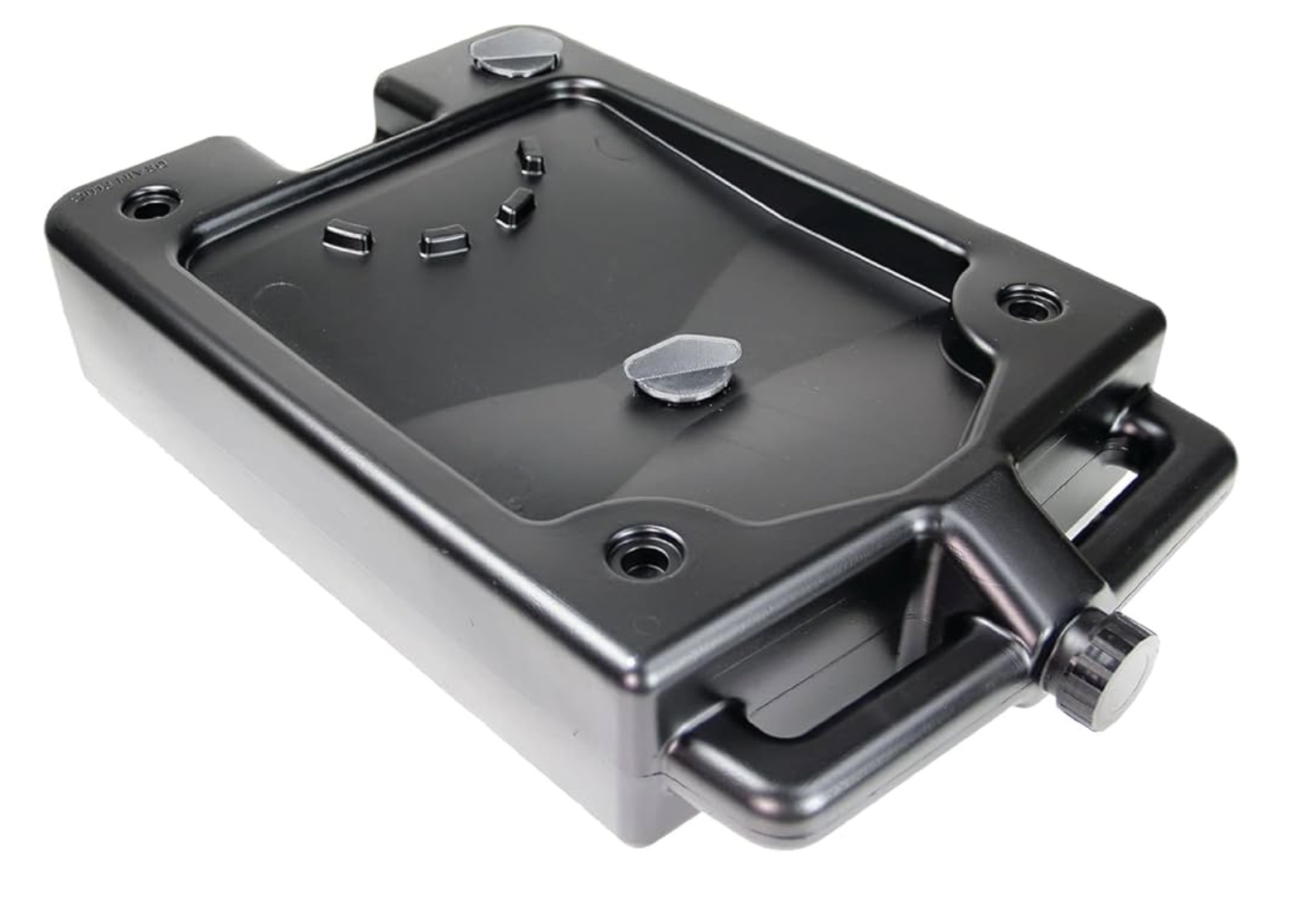
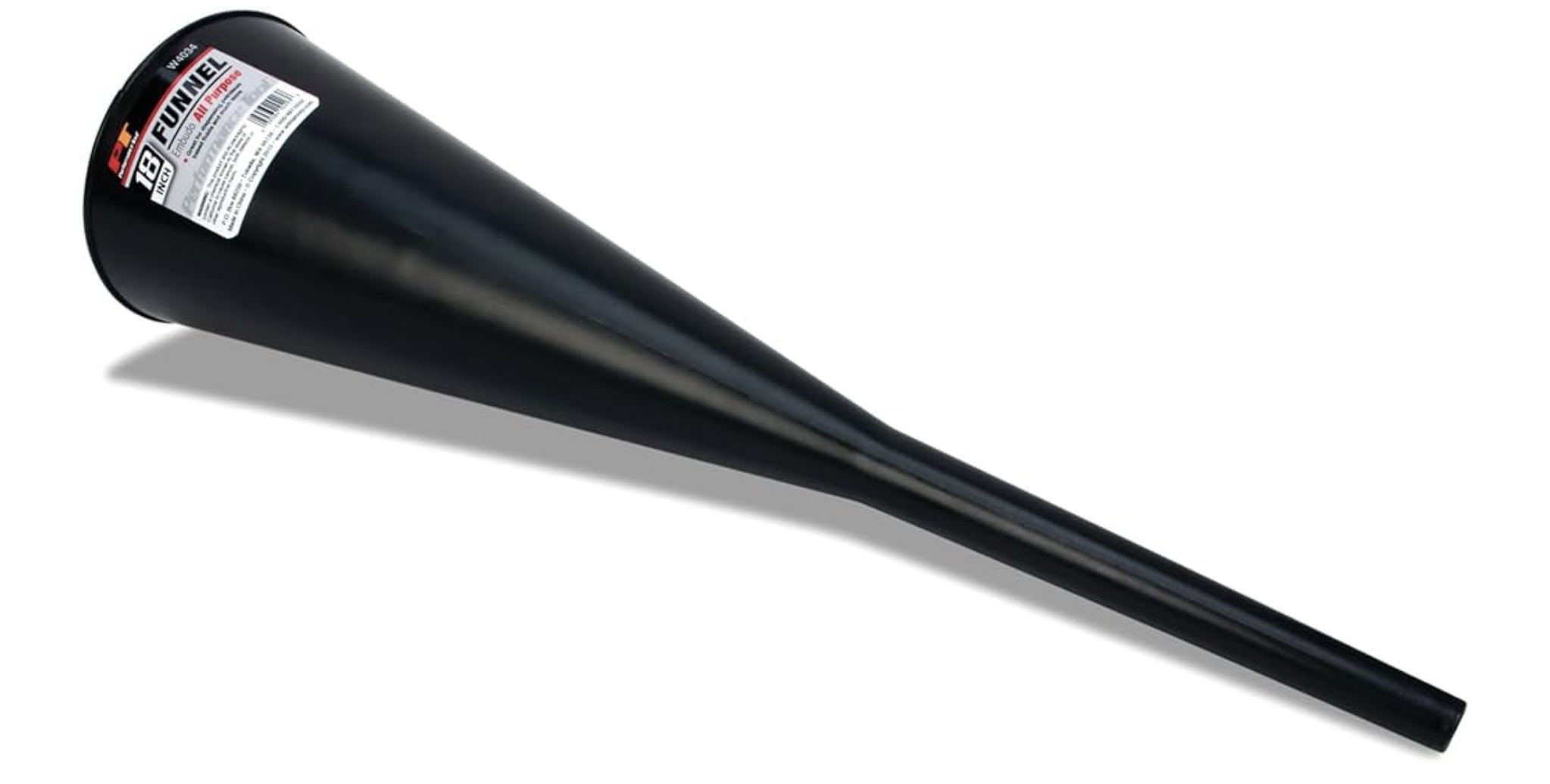
2) A good set of basic hand tools is a must. Specialty tools can be added as needed and desired later, but you must start with a basic mechanics set first. A comprehensive set of good quality tools is something no mechanic should be without. A decent set should last you for years and will make sure that you are fully prepared for every eventuality when it comes to servicing and maintaining your prized two-wheeler.
Your tool kit should include a torque wrench set for accurately screwing fastenings to the correct torque. These are especially useful for parts susceptible to excessive vibration including axle bolts, brake caliper bolts, luggage brackets, and many others. A breaker bar is also recommended to free fastenings that have become stuck fast. Your home tool kit can be supplemented with a compact socket and ratchet set that fits in a luggage compartment, for performing maintenance and tightening loose fastenings while on the road.
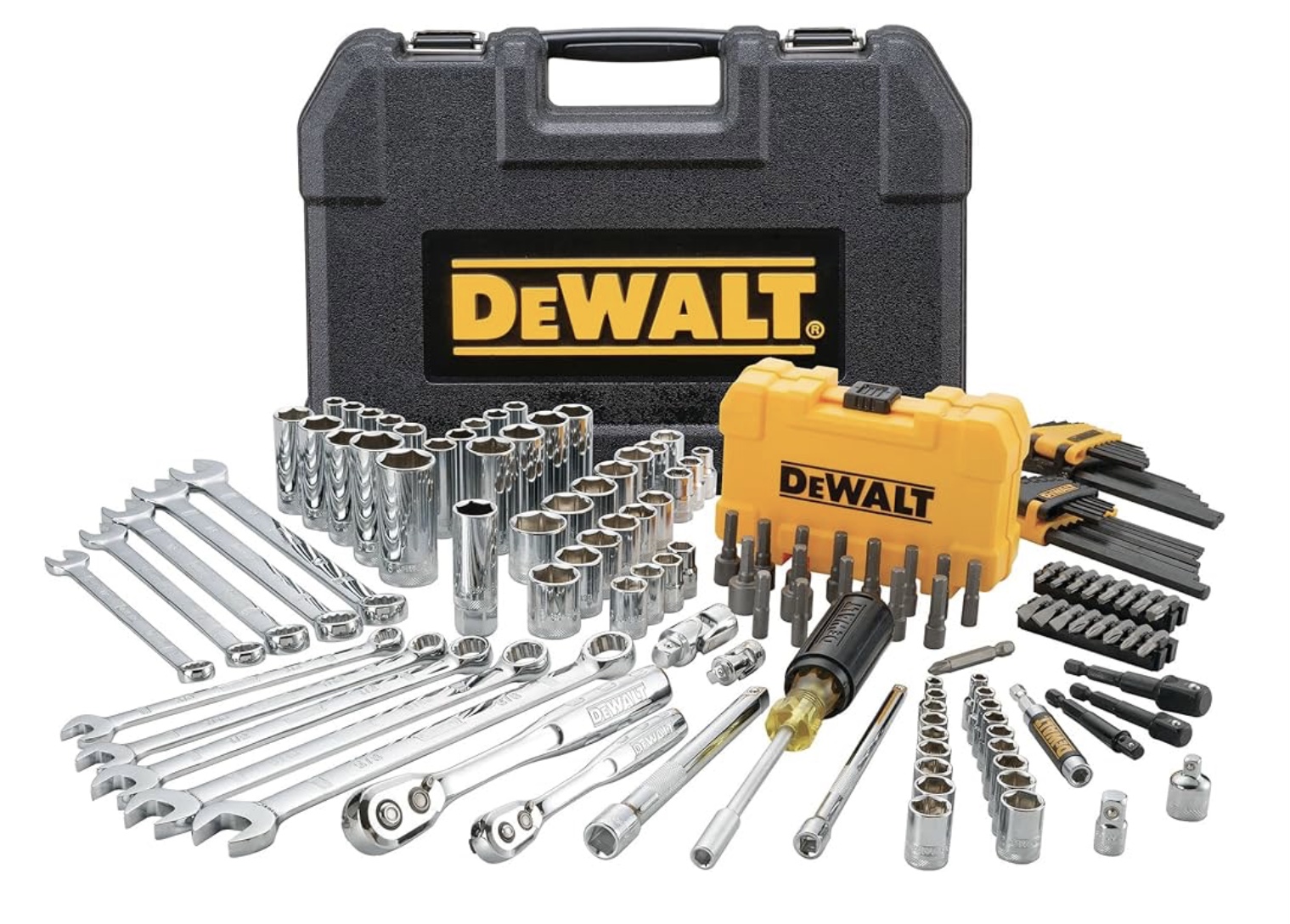
The mechanic’s tool kit should also include a wrench set, for accessing bolts and fastenings that cannot be reached with a ratchet and socket, as well as screwdriver and hex key sets, as many motorcycle components and accessories are also secured with hex key and flat-head or Phillips-head bolts. It is worth noting that motorcycles and accessories use either imperial or metric measurements, depending on their manufacturer or country of origin, so ideally your tool kit should cater to both standards.
3) The right tools to clean and adjust your chain. Of course, if you have no chain and instead have a shaft driven bike, you won’t need these. But for everyone else, this is certainly a maintenance job that anyone can do and that needs to be done on a very regular basis. You might also want to add the right tools to replace your chain with, as that time will come for every chain and bike if you keep it long enough. Chain maintenance is essential to reduce wear on sprockets and to keep your chain in the best working condition. A decent chain brush, a quality chain oil or aerosol chain lube, and chain cleaner are essential for cleaning and lubricating your motorcycle chain. This should be performed regularly at intervals of between 300-600 road miles, or more frequently if you ride off-road. If you regularly go on long rides, it’s a good habit to lube your chain after each trip, while the chain is still warm and ready for the next adventure. Lube your chain with the bike on a stand, switched off, and set to neutral. Rotate the rear wheel manually as you clean and oil the chain, to avoid trapping fingers or producing excessive splatter. Once complete, simply wipe off any excess residue on a rag and lower the bike from its stand. A chain breaker and rivet kit can also be a useful addition to your tool arsenal, for repairing and altering chains, especially if you subject your bike to harsh punishment riding off-road or for motorsports. With that said, by regularly inspecting the chain and sprocket each time you perform chain maintenance, you can pre-empt breakages by replacing them at the first signs of wear.

4) Motorcycle stands of some sort. Now that most modern motorcycles don’t feature a center stand as standard, an external stand is usually an essential addition to your garage. A stand is necessary to raise your wheel off the ground for chain oiling and cleaning, tire checks and repair, working on the brakes, wheel removal, and to hold your bike upright for oil changes and other maintenance. Before these were readily available, I made do with a floor jack and a block of soft wood. But there was always the fear of the bike falling off the jack and also the fear of possibly denting whatever I was using for a lift point. A good rear stand at the very least makes these moot points. A front stand, in addition to the rear stand, makes wheel removal much easier and safer. They also come in handy when you want to clean your bike!
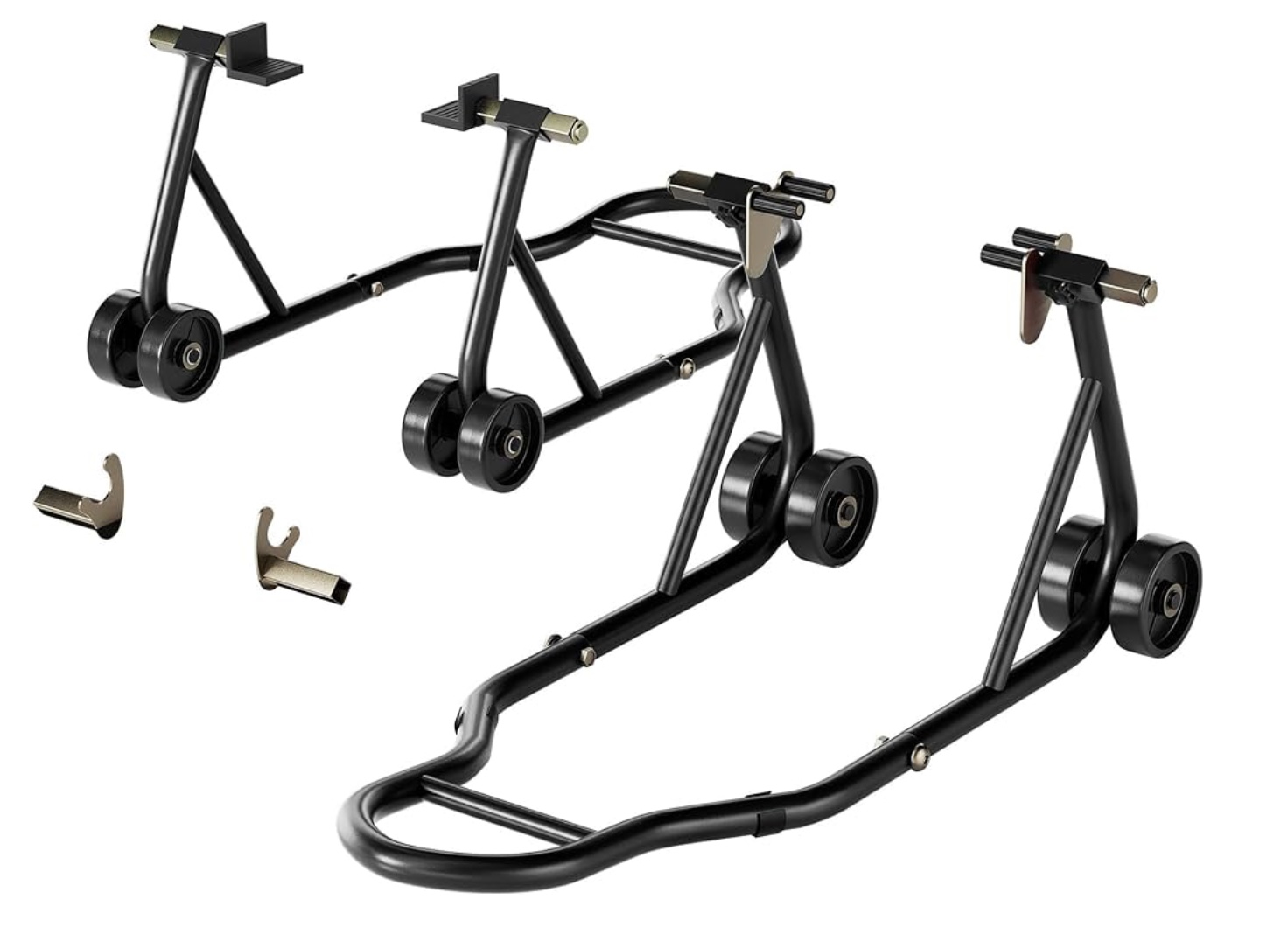
5) A battery charger and/or battery tender. For those of us that don’t live in the tropics, riding can be a seasonal pursuit, and your bike may be stored for a long period over the winter months without being used. When you do finally retrieve your bike from hibernation, you need it to be ready to roll, and diligent battery maintenance will help ensure it fires up at the first push of the starter button.A battery tender, or battery maintainer, is essential to maintaining your battery’s health when it is out of service. Simply connect it to your positive and negative battery terminals and it provides a trickle charge of less than two amps, as needed, to keep the battery ticking over. It should be left in this state as long as your bike is in storage, up until the day that you are ready to reconnect the battery to your motorcycle and start riding again.
Conversely, there will inevitably be instances when your motorcycle battery runs completely flat or is significantly depleted of power. In this case, a battery charger is a useful tool to have in your garage to rapidly recharge your battery and restore it to its fully functioning state. If you are concerned about losing power while out riding, there are many compact options available that will easily fit into your motorcycle luggage.
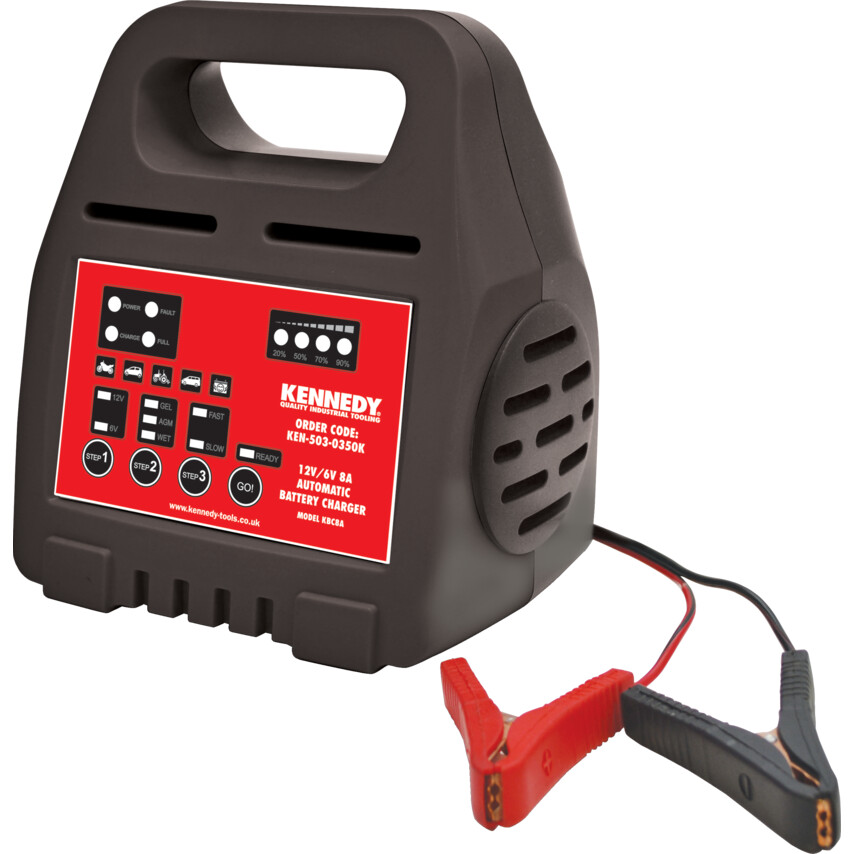
6) One last thing I will mention is a good plastic drain pan. Not the closed in type used for oil changes, but an open one with high sides. Make sure that it will slide under your bike and if it has a drain spout so much the better. What for? Well, unless you’re riding an air or oil cooled bike, you will need to change the coolant at some point. You don’t want to mix your waste oil and waste coolant together and most recycling places won’t take the mixture if you do. Keep them separate. The open drain pan also works good as a catch pan for under your chain when lubing it. In addition, if you’re working on cleaning crude from under your bike it works well there too. I’ve even used it for more complex jobs, like changing brake lines/calipers, and the like. Keep that crap from falling on the floor mat and then you walking through it and tracking it into the house. Wive’s don’t like that. Trust me, I know. 🙁
There you have it. If you have these items, you will be able to do 90% of the basic things needed to keep your bike trouble free for many miles. Along the way you will save yourself lots of money and have the satisfaction of knowing that YOU did it. YOU are the one that is keeping YOUR bike pristine and running great.
Next: Setting up your Garage/Workshop. What are the “must haves”?
